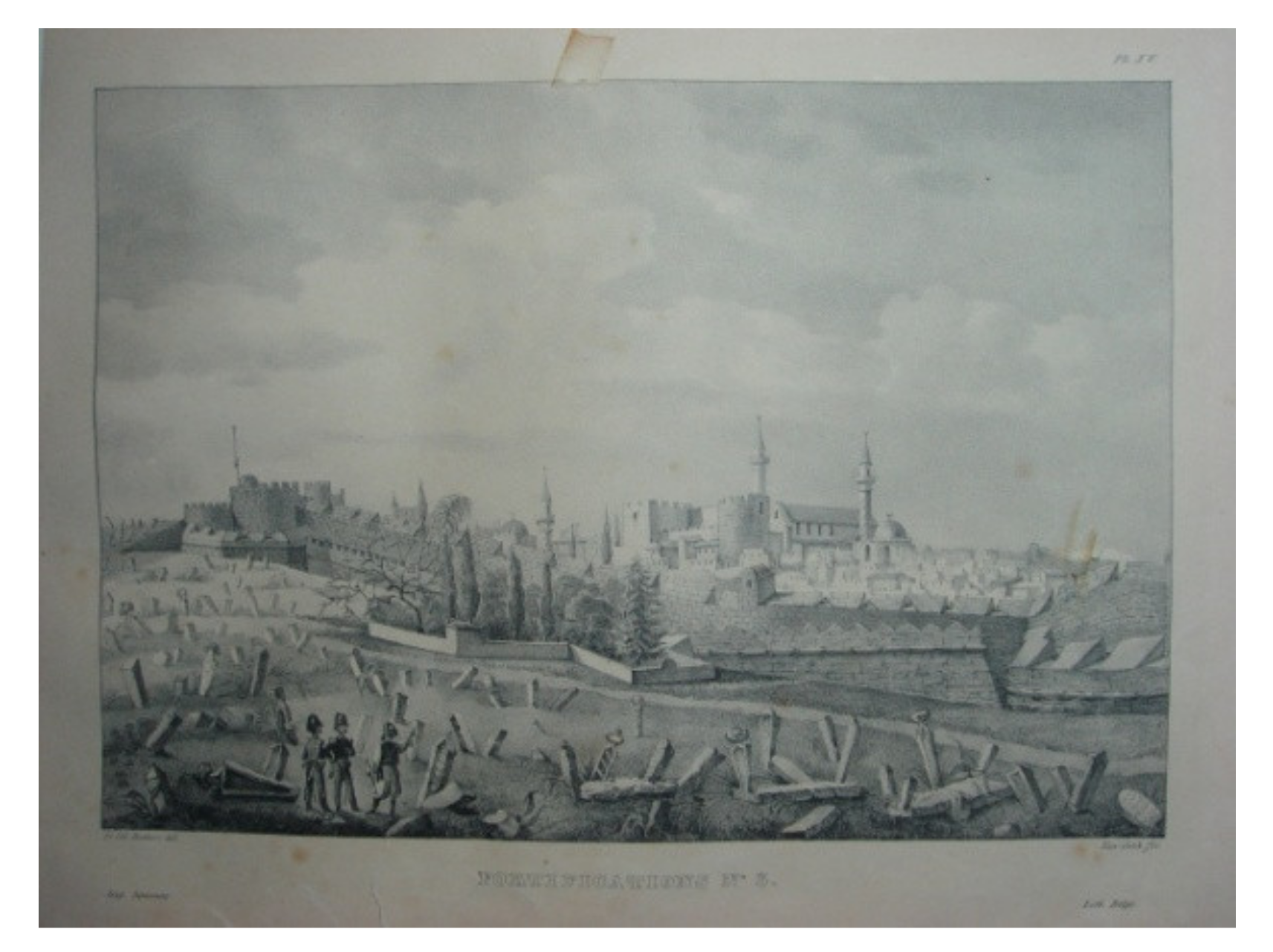By the end of the 1460s most of the Balkan peninsula was under Turkish rule. Thus the core of the new Ottoman state was Asia Minor and the Balkans. From this core, before the death of Muhammad II in 1481, the Turks expanded across the Danube into modern Romania and seized the Genoese outposts in the Crimea. They also fought the Venetians and landed forces in Italy. The limits of their expansion were marked by the great Hungarian fortress of Belgrade and the island fortress of Rhodes in the Aegean, stronghold of the Hospitalers.
Sultan Selim I, the Grim (1512-1520), nearly doubled the territories of the Empire in Asia at the expense of the Persians and in Africa at the expense of Egypt, which was annexed in 1517. The sultan inherited the duty of protecting the Muslim holy cities of Mecca and Medina. He also assumed the title of Caliph. It is doubtful whether this alone greatly enhanced his prestige, since the title had for centuries been much abused. At one moment in his reign, Selim contemplated a general massacre of all his Christian subjects; only the refusal of the Sheikh-ul-Islam to grant consent saved the Christians. This episode vividly illustrates the insecurity of Christian life under the Turks.
Suleiman I, the Magnificent (r. 1520-1566), resumed the advance into Europe. The Ottoman Empire thus became deeply involved in western European affairs. It participated in the wars between the Habsburgs and France and affected the Protestant Reformation in Germany by the threat of military invasion from the southeast. Suleiman took Belgrade in 1521 and Rhodes in 1522, thus removing the two chief obstacles to westward advance.
In 1526 at Mohacs in Hungary, he defeated the Christian armies, and the Turks entered Buda, the Hungarian capital on the middle Danube. In September 1529 Suleiman besieged Vienna but had to abandon the siege after two weeks. In the years that followed, Suleiman acquired Algeria, which remained an Ottoman vassal state. In Asia he defeated the Persians, annexed modern Iraq, including Baghdad, and secured an outlet on the Persian Gulf from which he fought naval wars against the Portuguese.
In 1536 a formal treaty was concluded between France and the Ottoman Empire. It permitted the French to buy and sell throughout the Turkish dominions on the same basis as any Turk. In Turkish territory, the French were to enjoy complete religious liberty and were also granted a protectorate over the Holy Places, the old aim of the Crusades. These “capitulations” contributed to the wealth and prestige of France and gave it a better position in the Ottoman Empire than that of any other European power. They also brought the Turks into the diplomatic world of western Europe.
After Suleiman the Ottoman system, already manifesting signs of weakness, deteriorated despite occasional successes. The Ottoman capture of Cyprus was preceded by the formation of a Western Holy League headed by the pope against the Turks. In 1571 the League won a great naval battle (Lepanto) off the Greek coast, destroying the Ottoman fleet. However, the Spanish and Venetians failed to follow up the victory, and the Turks rebuilt their fleet.
In 1606 the Turks signed a peace treaty with the Habsburgs. Previously all treaties with western states had been cast in the form of a truce granted as a divine favor from the sultan to a lesser potentate and had required the other party to pay tribute to the sultan. This time the Turks had to negotiate as equals; they gave the Habsburg emperor his proper title and were unable to demand tribute.
Had western Europe not been preoccupied by the Thirty Years’ War, the Ottoman Empire might have suffered even more severely in the first half of the seventeenth century than it did. As it was, internal anarchy disturbed the state; janissaries rebelled, troops rioted, and several sultans were deposed within a few years. The Persians recaptured Baghdad, and rebellion raged in the provinces.
Yet a firm sultan, Murad IV (r. 1623-1640), temporarily restored order through brutal means. He reduced the janissaries, initiated a new military system, reorganized military fiefs, and abolished tribute in Christian children. Despite renewed revolts after Murad’s death, the revival continued under a family of viziers, the KOprUlti of Albania. The first KOprillii executed thirty-six thousand people in five years (1656-1661), rebuilt the army and navy, and suppressed revolt.
Between 1661 and 1676 the second Kiipriila took Crete from Venice and temporarily won large areas of the Ukraine from the Russians and Poles. In 1683 the Turks again penetrated the heart of Europe and besieged Vienna. All Europe anxiously awaited the outcome. But for the second time in two centuries the Turkish wave was broken, this time by a German and Polish army, and Europe began a great counteroffensive.
The Habsburgs drove the Turks out of Hungary, the Venetians seized the Peloponnesus, and the Russians appeared on the shores of the Sea of Azov, which opens into the Black Sea. In 1699 most of the gains of the European counteroffensive were recognized by the Turks. The western European powers could stop worrying about the Ottoman menace, which had preoccupied them since the fourteenth century.

